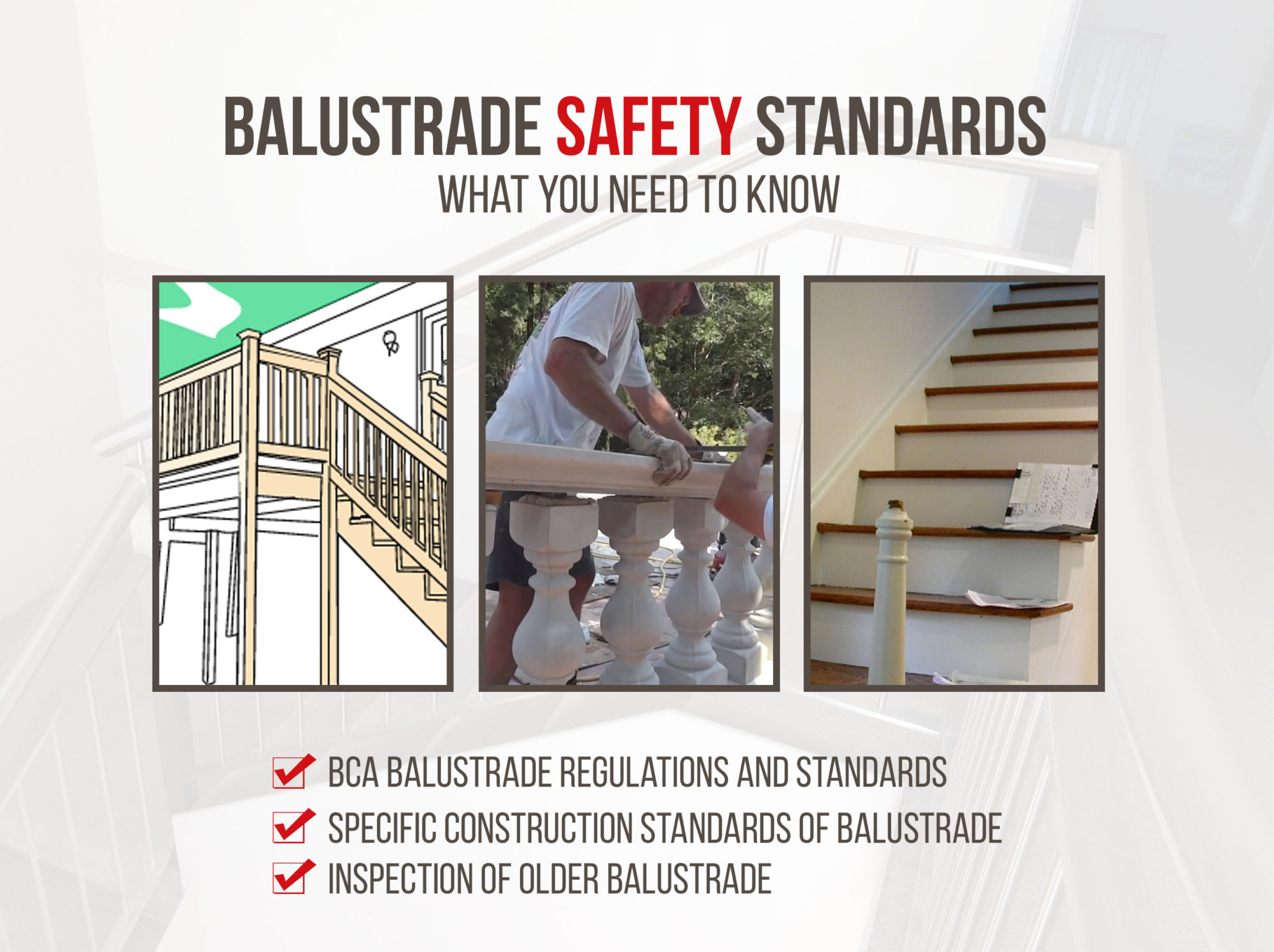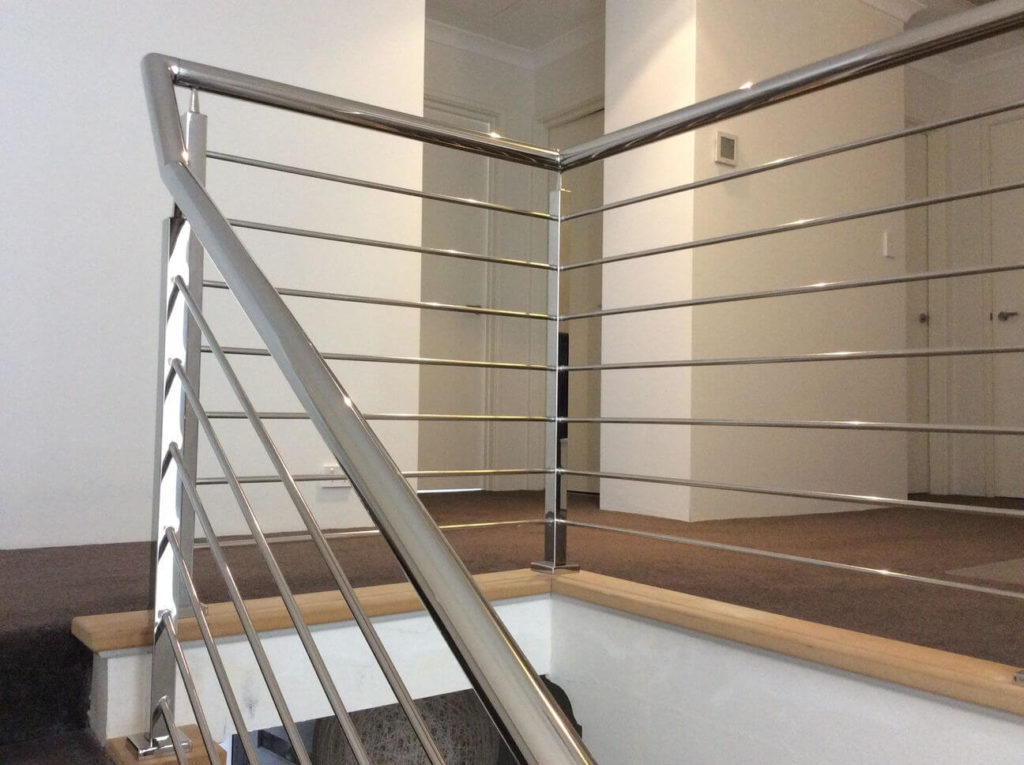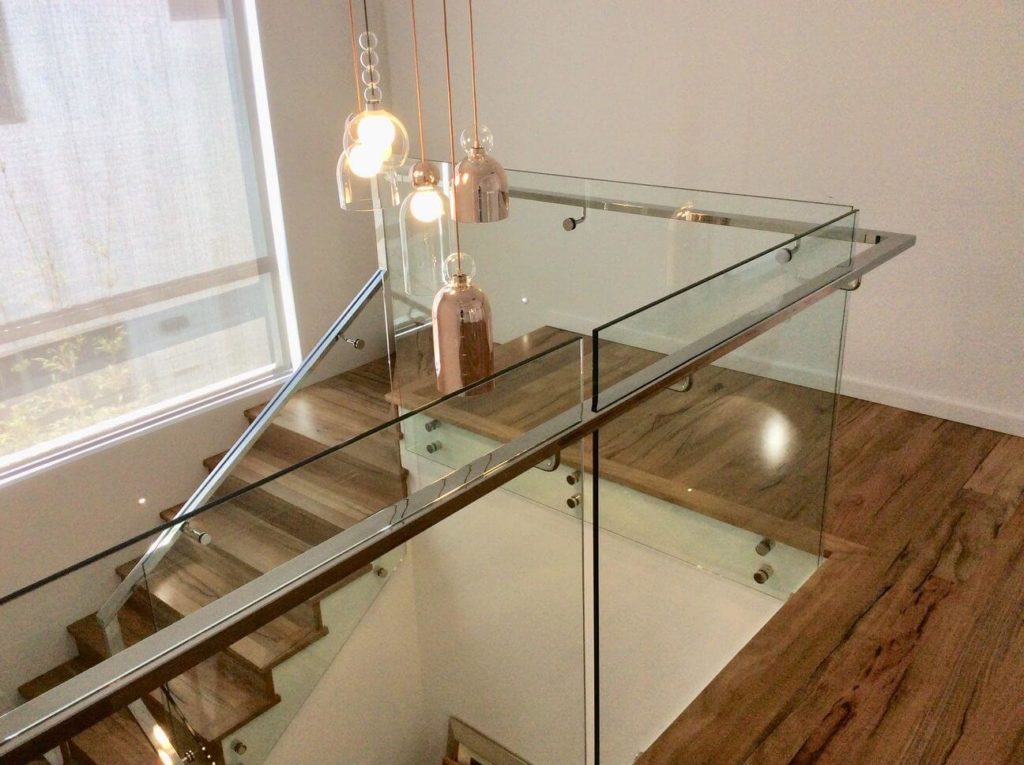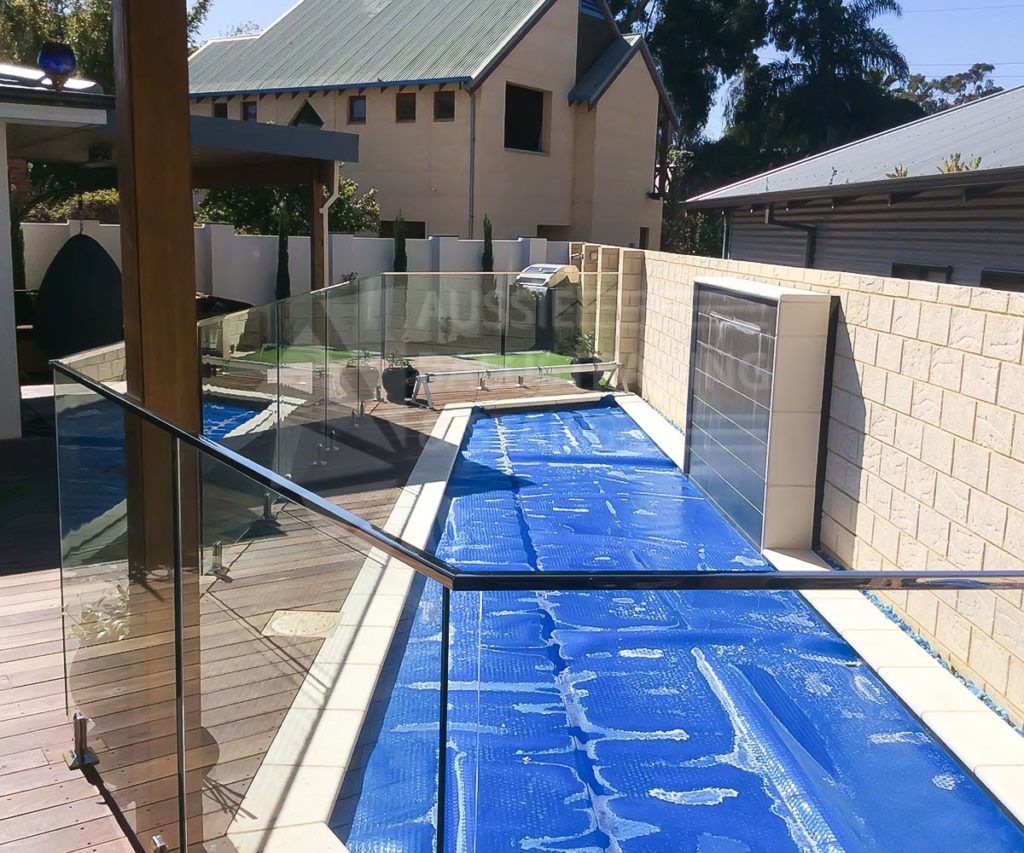The installation of balustrades is not only meant for aesthetic purposes but also for safety and security. Keep in mind that an elevated deck or balcony with an unsafe balustrade or without one at all can compromise the safety of your children and even those of the adults. That’s why you have to ensure you have balustrades installed, and that they have to be done in its utmost safety. When doing so, you have to consider the safety standards of balustrade that are from the construction to the inspection down to the compliance with BCA (Building Code Australia) regulations.
That said, here’s what you should about the safety standards of the balustrade.
BCA Balustrade regulations and standards
The law dictates that the balustrades must be constructed wherever the difference in height between one floor or surface is greater than one meter from an adjoining floor or surface. BCA regulations state that a balustrade generally must:
- Be at least 1 meter high as measured from the finished floor
- Have openings between risers or posts no greater than 125mm
- Be able to withstand loads and impacts as determined by AS 1170.1
These are just basic standards you should primarily consider for your balustrades. For more specific terms, read below.
Specific construction standards of balustrade
When it comes to safety, the construction of balustrades must consider two aspects. First, remember that balustrades have to adhere to minimum BCA standards. Second, they must remain compliant with state, territory, and local codes. Let’s further dig into the safety standards:
- Balustrades are required by law for any outdoor surface that is one meter or more above ground level or the level of the floor beneath it.
- Balustrades must be of sound enough construction that can endure load forces.
- Vertical openings must not exceed 125mm.
- The gap between a lower rail and the floor must not exceed 100mm.
- If a balustrade is built on a balcony greater than four meters above ground level, it must not contain horizontal elements that could be used for climbing.
The valuable pieces of information mentioned above are just minimum requirements. Please be advised, however, that additional standards apply to commercial and public balustrades as well.
Inspection of older balustrades
There is a wide range of materials that are used to make balustrades, which include timber, concrete, steel, and sometimes glass panels. These materials may be subject to decay and/or damage over time, so you should be on the lookout for the following:
- Rotting or insect-damaged timber
- “Concrete cancer” (spalling)
- Rust or corrosion
- Loose, damaged, or corroded tension wires
- Cracked glass
- Loose, rusted, or corroded fittings
Keep in mind that faulty materials aren’t always visible to the naked eyes. If you think something’s wrong, it’s best to contact a building inspector or a licensed builder to perform a thorough inspection.
It’s worth knowing that balustrade regulations and standards apply to all balustrades. These safety standards exist primarily to protect people from any unwanted danger.
If you’re thinking of installing balustrades, make sure to comply with the safety standards as mentioned above. If you have ignored your balustrades for so long, it’s about time to have them inspected. Know that even the well-constructed balustrade can fail to adhere to BCA standards over time, which is why adherence to safety standards is a must.
If you are looking for high-quality balustrades in Perth, Western Australia, get in touch with us today to see how we can help.




